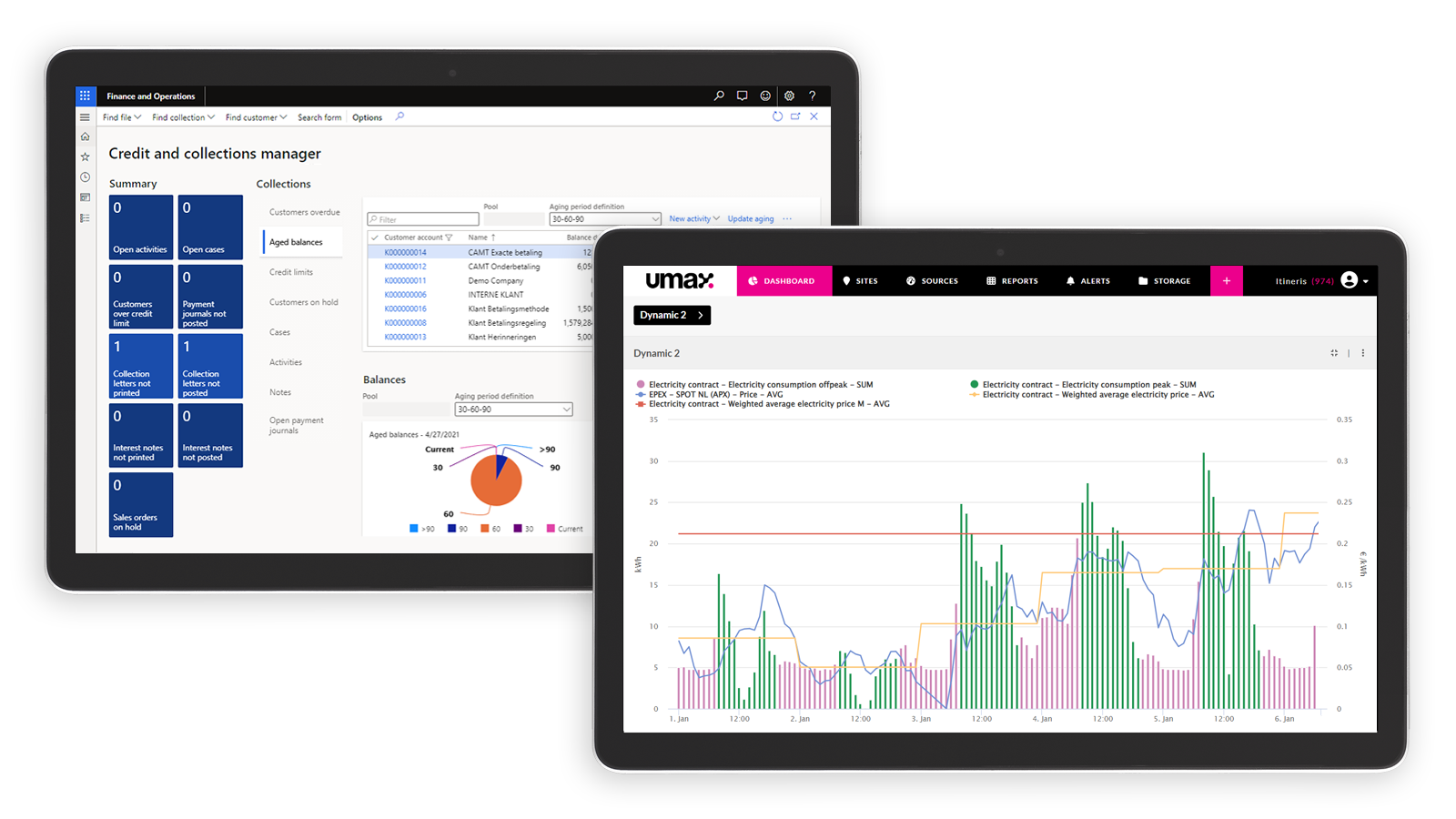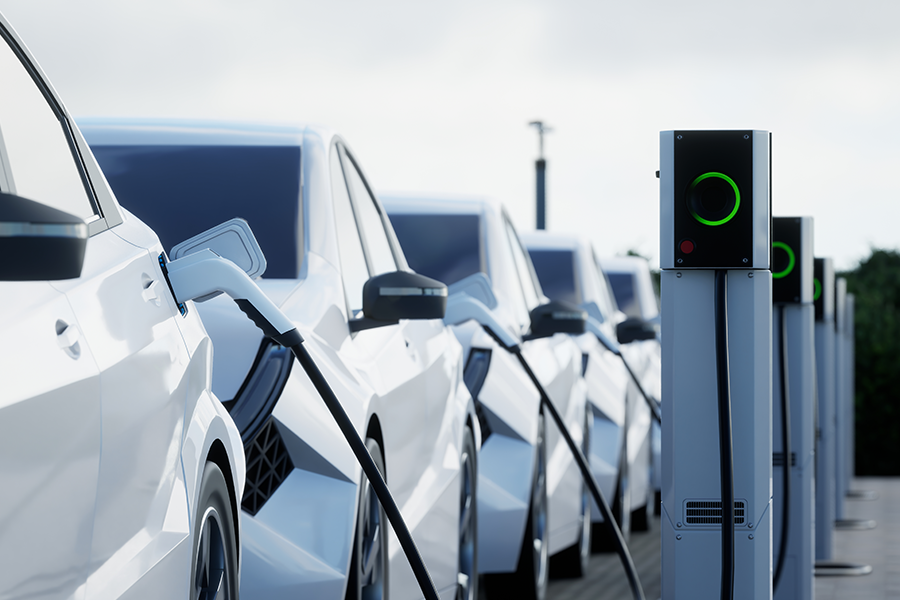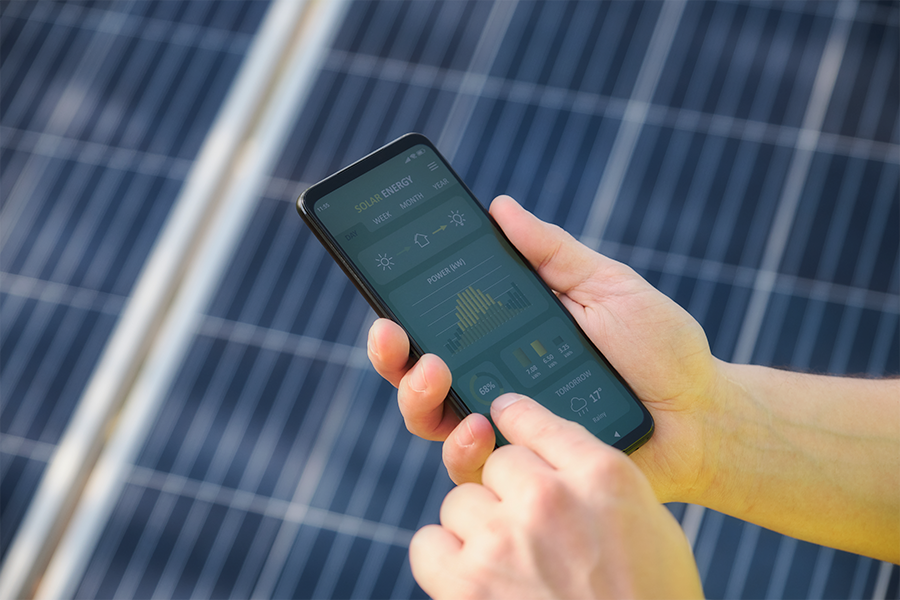Dynamic energy contracts – the future of energy pricing
In today’s competitive energy market, striking a favorable balance between advancing environmental goals on the road to Net Zero while retaining and satisfying your customers has become more important than ever. Energy companies are responding to this by diversifying their offerings and introducing innovative solutions tailored to the individual requirements and situations of their customers, empowering them to adapt their consumption patterns as well.
One such innovation that is gaining traction in the market is the concept of dynamic energy contracts.
The benefits of dynamic energy contracts
Implementing dynamic energy contracts offers substantial benefits for both your utility and your customers:
Four key tips when introducing dynamic contracts
If your utility is considering the introduction of dynamic energy contracts, here are some crucial strategies to keep in mind:
How to implement dynamic energy contracts effectively
To implement dynamic energy contracts effectively, consider adopting a modern Customer Information Solution like UMAX.
UMAX is a flexible CRM & CIS solution, specifically designed for utilities. With its open architecture, you can easily integrate data and functionality in other applications, including Broker Portals and Mobile Apps. All data in UMAX is available for external consumption, and is also natively integrated with Opinum’s market-leading Data Hub. This is a cloud-based data analytics and visualization platform for utilities, enabling advanced analytics and AI-driven insights.
With UMAX you can send text messages to notify your customers when prices become negative, enabling them to adjust their consumption behaviors, such as charging electric vehicles, deactivating solar sources, or initiating battery charging.
Continue Reading
Transforming energy suppliers into solution providers: 5 key strategies
In today's fast-paced world, energy suppliers must evolve into comprehensive solution providers. Discover five key strategies to lead this evolution.
3 ways AI is transforming how utilities serve customers
Discover how Microsoft's Copilot AI, a natively integrated component of our UMAX CIS/CRM, can enhance customer experience, alleviate demand on your customer service teams, and boost operational efficiency.
Transforming Energy Management in Utilities: how to put your customers in control
Discover 3 actionable strategies energy suppliers can implement to empower their customers and drive a paradigm shift in energy management.





